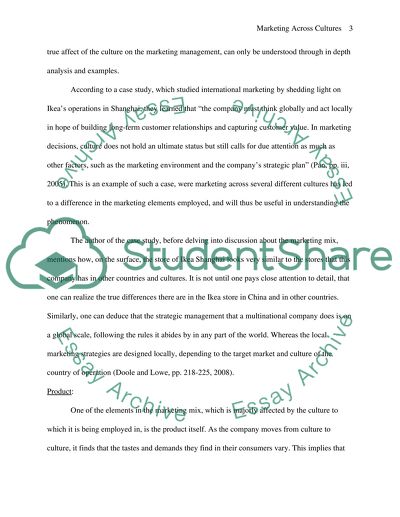Cite this document
(“Marketing Across Cultures Essay Example | Topics and Well Written Essays - 2000 words”, n.d.)
Retrieved from https://studentshare.org/marketing/1412866-marketing-across-cultures
Retrieved from https://studentshare.org/marketing/1412866-marketing-across-cultures
(Marketing Across Cultures Essay Example | Topics and Well Written Essays - 2000 Words)
https://studentshare.org/marketing/1412866-marketing-across-cultures.
https://studentshare.org/marketing/1412866-marketing-across-cultures.
“Marketing Across Cultures Essay Example | Topics and Well Written Essays - 2000 Words”, n.d. https://studentshare.org/marketing/1412866-marketing-across-cultures.


